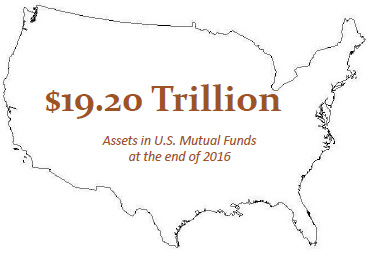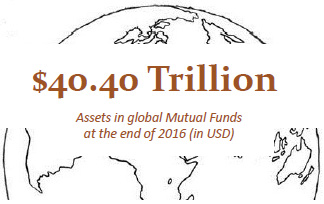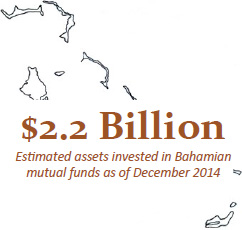 Mutual funds are “pooled investments,” strictly meaning that they combine contributions from many different people under an investment compa-ny and then purchase a portfolio of assets for the benefit of shareholders (also known as “Collective Invest-ment Schemes”).
Mutual funds are “pooled investments,” strictly meaning that they combine contributions from many different people under an investment compa-ny and then purchase a portfolio of assets for the benefit of shareholders (also known as “Collective Invest-ment Schemes”).
The concept of pooled investing dates back to the late 1700s in Eu-rope, when a Dutch merchant and broker invited subscriptions from investors to form a trust to allow small investors with limited means to participate in larger investments.1 Typical-ly, these structures required investors to keep their money within the pool for the entire lifespan of the company, and the actual investments made were often concentrated in one industry or even one company.
 The Massachusetts Investors Trust created the first “open-end” fund in Bos-ton in March, 1924, introducing important changes to the investment com-pany concept in the process, including a simplified capital structure, con-tinuous offering of shares, ability to redeem shares rather than hold them until dissolution of the fund, and a set of clear investment restrictions and policies.2 This became the blueprint for many open-end mutual funds to-day, in the Caribbean and elsewhere.
The Massachusetts Investors Trust created the first “open-end” fund in Bos-ton in March, 1924, introducing important changes to the investment com-pany concept in the process, including a simplified capital structure, con-tinuous offering of shares, ability to redeem shares rather than hold them until dissolution of the fund, and a set of clear investment restrictions and policies.2 This became the blueprint for many open-end mutual funds to-day, in the Caribbean and elsewhere.

By the end of 2016 in the United States, investment companies man-aged a whopping $19.2 Trillion in net assets on behalf of investors in vari-ous types of funds (including Mutual Funds, Exchange Traded Funds, Closed-end Funds, and Unit Invest-ment Trusts).
However, the lion’s share of this total—or $16.3 Trillion—was managed within mutual funds.
These numbers dwarf the total amount of assets invested in Caribbean-based mutual funds, estimated to be approximately $2.2 billion today. Nev-ertheless, the usefulness of the mutual fund structure as an effective and flexible financial planning tool for most investors transcends national boundaries.


